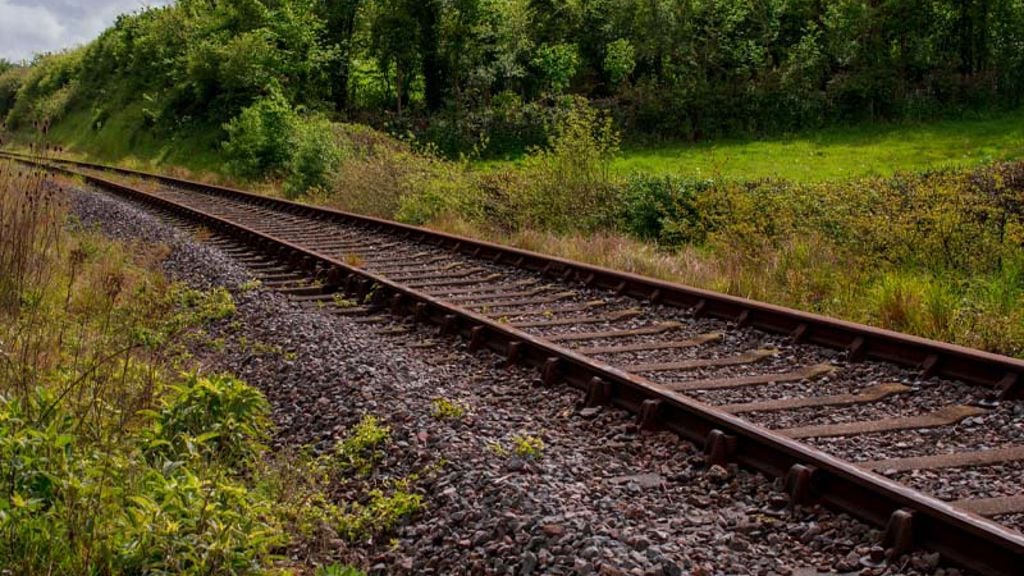The Polynesian Kingdom of Tonga is one of the lowest-lying countries in the world, with its capital Nuku’alofa, on the island of Tongatapu, just two metres above sea level. Tonga ranks third of 181 countries in the 2021 World Risk Index, after Vanuatu and the Solomon Islands.
The Asian Development Bank appointed Arup to lead a multi-hazard climate and disaster risk assessment of Tongatapu, a coral atoll exposed to natural hazards including earthquakes, tsunamis, floods and cyclones. The research was presented at the United Nations Climate Change Conference, COP26, in Glasgow in November 2021.
The project analysed over 50,000 buildings, power and water assets, more than 1,000km of roads and over 200km2 of agricultural and environmental areas on Tongatapu to identify risks and inform sustainable future development and investment decisions. Similar projects are being considered for Timor-Leste and the Cook Islands.
Modelling the financial impacts of climate change
A global team of 20 Arup specialists collaborated with New Zealand-based firm eCoast Marine Consulting, Kramer Ausenco in Tonga, the Asian Development Bank and the Government of Tonga.
Although Tonga’s challenges in climate and geohazards have been known for a long time, this was the first research that considered all assets in the built environment in light of a wide range of hazards, including the effects of climate change. The risk assessment provided quantitative risk outputs to inform future planning and investment decisions.
The research included hundreds of graphics, including hazard maps with estimates of the distribution of risk across the island. Estimates of the future impact of sea-level rise caused by pluvial flooding, coastal inundation and tsunamis, and the severity and frequency of these hazards across the main island were detailed.
After modelling average annual financial losses for pluvial flood, coastal inundation, tsunami, wind, earthquakes and rising sea levels, we found pluvial flood to be the dominant hazard. Powerful wind and seismic events were also predicted to cause significant loss.
Understanding the future effects of sea level rise
Tonga’s High Commissioner to the United Kingdom, the Hon Fanetupouvava’u Tu’ivakano, told COP26 that securing a net zero emission target by 2050 to limit temperature increases to 1.5 degrees by the end of the century was critical to the survival of Tonga and many Pacific islands.
In Tonga, sea levels have risen an average of 6.4mm per year in the past decade, tropical cyclones have increased in intensity and frequency, and the country has experienced significant coastal erosion and flash flooding events.
The multi-hazard climate and disaster risk assessment modelled the impact of sea level rise scenarios of half a metre, one metre, two metres and four metres. A sea level rise of two metres would significantly affect Tonga’s capital Nuku’alofa, requiring the urban centre, including the Parliament building, to be moved to higher ground.
Our work is now being used to inform climate adaptation planning and infrastructure investment in future projects in Tonga. The information will help steer investments away from the highest-risk areas while ensuring that investments are designed and operated to withstand multiple hazards.
Informing Tonga’s disaster response
In January 2022, a volcanic eruption and subsequent tsunami caused Tonga’s main island of Tongatapu, including the capital Nuku’alofa, to experience significant ashfall, flooding and infrastructure damage.
The data and modelling used in this project are helping to inform Tonga’s response to this disaster, and we continue to work with the Asian Development Bank to assess future climate and disaster risks for Tonga.







